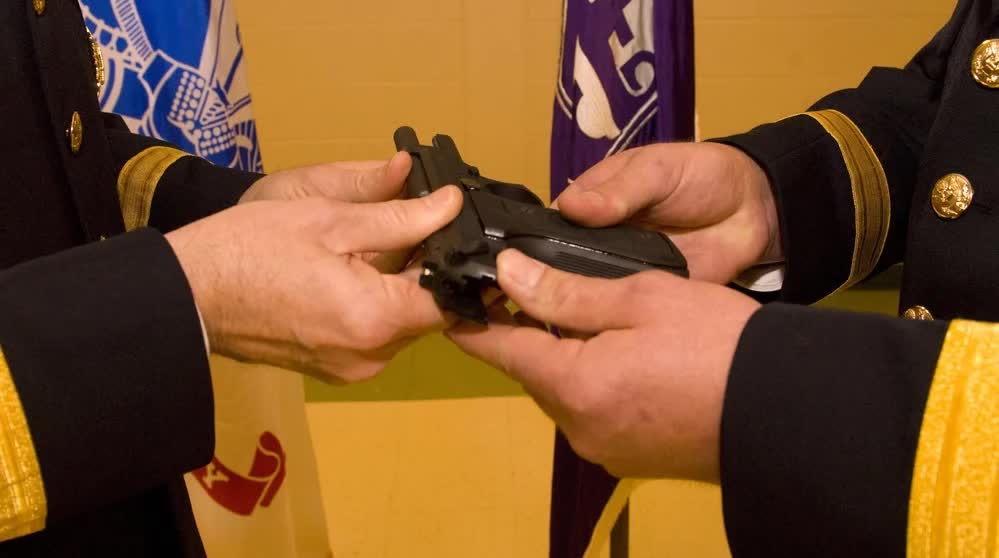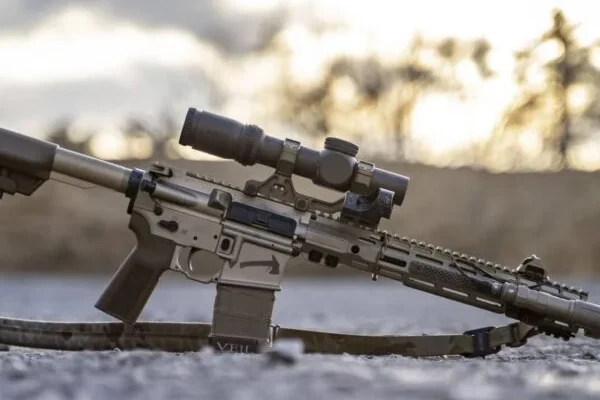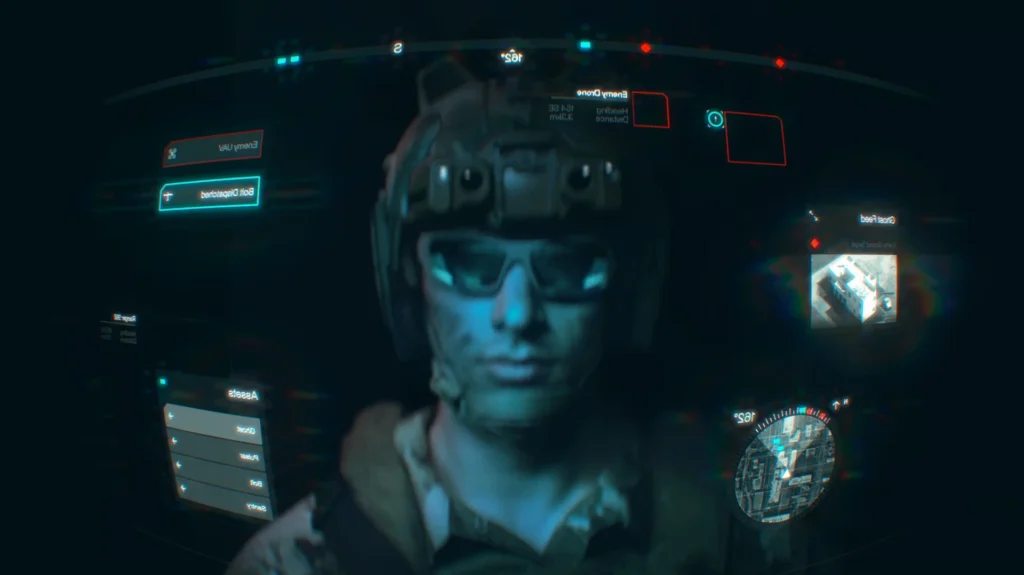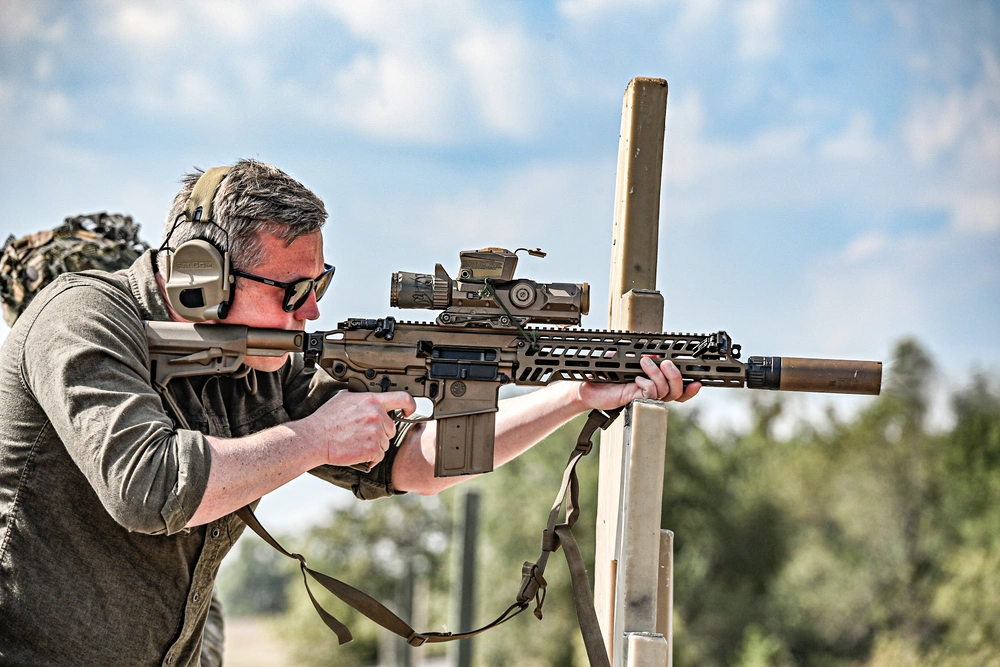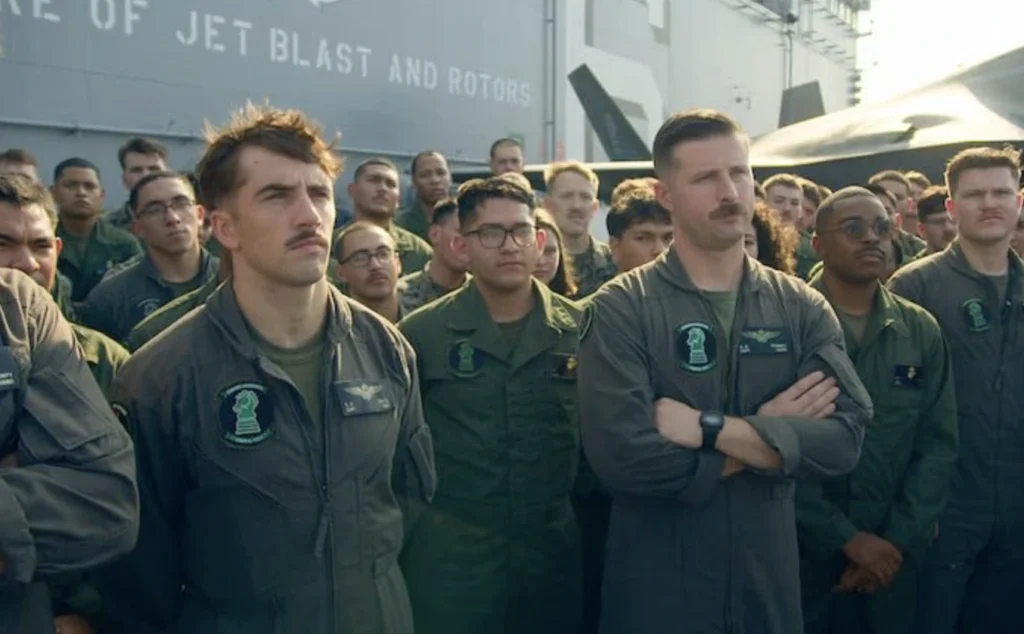Since the Revolutionary War, U.S. officers have carried pistols. Since World War II, generals have been issued a different sidearm from most of the military they lead, and nowadays most officers will be issued a handgun, especially if they are in a combat role. These small and mostly decorative handguns are known as general officer’s pistols.
Generals are very unlikely ever to find themselves in actual combat so they don’t need a rifle or a large handgun. General officers are also likely to be uncomfortable, as they are the soft hands in our military. Asking a general to carry a full-sized sidearm is often a step too far unless you’re General Austin Miller.
With that in mind, let’s look at the general officer’s pistols from World War II to 2022.
The Colt Model 1903 and 1908
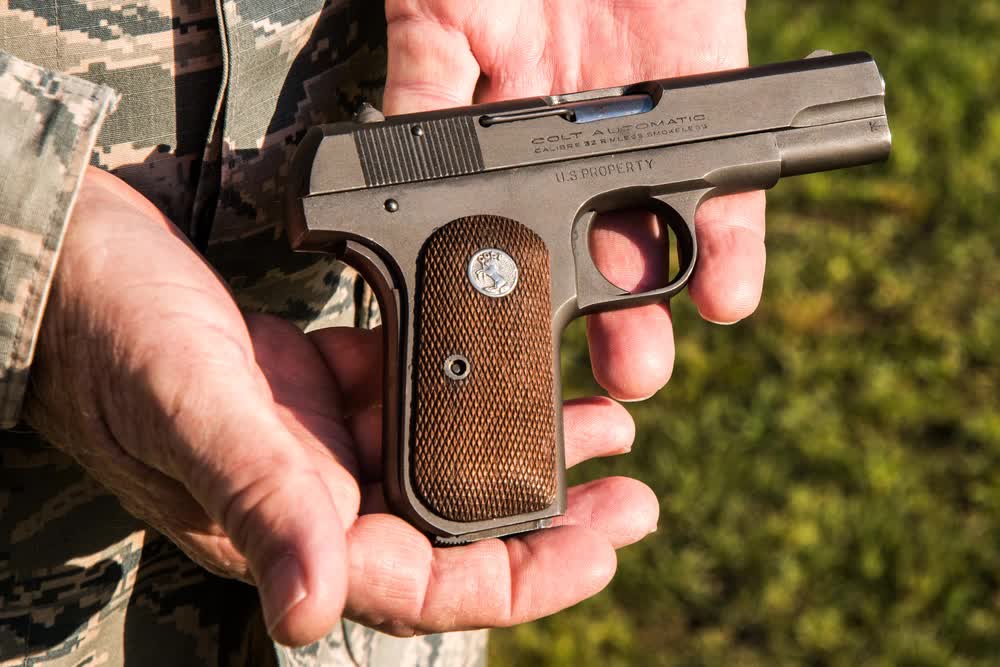
Supply issues are always a problem when a nation goes to war and World War II was no different. In this case, it’s plenty believable that generals were issued firearms that were alternatives to the M1911 due to supply reasons.
The U.S. military began ordering the Colt M1903 and M1908 Pocket Hammerless Pistols and issuing the .380 ACP Colt Model of 1908. When those became hard to get, they moved to the Colt M1903 in .32 ACP.
These two pistols are identical outside of their calibers. They are simple blowback-operated handguns that are fed from a single-stack magazine. They were called Hammerless, but they did have an internal single-action hammer. The pistols featured a manual safety that doubled as a slide lock. They were much smaller than the M1911 and easier to carry. Outside of being the first general officer’s pistols, they were also used by OSS Agents.
The M15

To replace the limited and aging stocks of Colt M1903 and M1908 pistols, the armory at Rock Island began producing the M15 general officer’s pistols. Manufacturing began in 1972 and the pistols remained in production until 1984. These firearms used the same ammunition, magazines, and design as the M1911, which simplified production, but had their barrel trimmed from five to 4.25 inches.
The sights of the pistol were also a fair bit larger and they featured wood grips with nameplates featuring the individual general’s name and the slides read “General Officer’s Model RIA.”
The military made 1,004 M15 pistols and allowed generals to purchase their pistol upon retirement. The creation of the M15 led to the popularity of more compact M1911 pistols.
The M9 GO
The M9 General Officer’s Pistols are identical to a standard M9 with two subtle differences.
First, they had a serial number that began with the prefix GO standing for General Officer. Second, they had a second pair of grips that would feature a nameplate with the general’s name.
The M9 GO broke the tradition of smaller guns for general officers.
Related: This Nazi night pistol might have been the first light-fitted pistol
The M18 GO
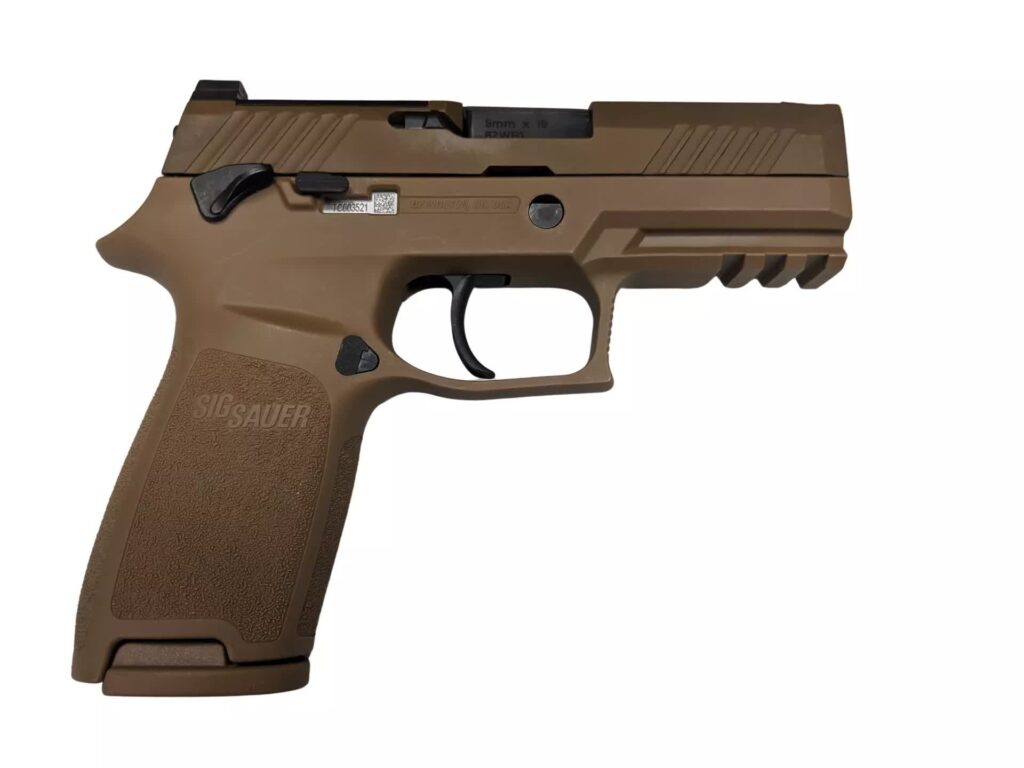
As the SIG M17 and M18 began replacing the standard M9, the general officer’s pistols followed suit. Generals used the smaller M18 pistol, but it’s still identical to the M18 series in use by several branches. Like the standard M18, these guns have a coyote finish with either tan or black controls.
The M18 GO series features the GO prefix for serial numbers, and officers were allowed to choose their serial numbers.
In conclusion, general officers carry guns unique to their role. These firearms tend to be incredibly rare and generals usually keep them after retirement.
Issuing these guns is an American military tradition that will likely continue long after I’m gone.
Feature Image: Maj. Gen. David Blackledge, left, commanding general of U.S. Army Civil Affairs and Psychological Operations Command (Airborne) hands newly promoted Brig. Gen. Ed Burley his custom Beretta M9 pistol. (DVIDS/352nd Civil Affairs Command)
Editor’s Note: This article was originally published in February 2023. It has been edited for republication.
Read more from Sandboxx News
- The Intelligence Support Activity – one of America’s most secretive special operations units
- The ACR program or how the Army spent 300 million dollars on nothing
- Video: The Air Force wants to push the F-22 further
- What actually happens when fighter pilots take off their masks?
- Video: One of the least known but most important Navy aircraft is getting even better

